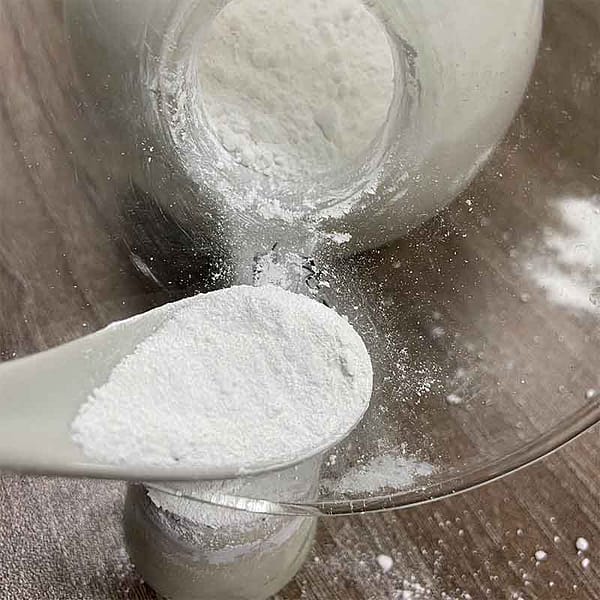The titanium dioxide pigment, also known as titanium white or Pigment White 6(PW6) is an industry popular. This is particularly true in the fields of rubber paints, plastics, and paper. This versatile compound is well-known for its brilliant, white color. It plays an important role in the transformation process of raw materials into stunning, polished products. Discover the uses of titanium dioxide and their manufacturing processes. Find out the effect it plays in a variety of industries.

The Canvas of Titanium Dioxide, A Palette of Possibilities
Titanium dioxide is an essential component in the creation of a multitude of items, contributing to the appearance and utility of objects we see every day. Pigment White 6 plays a significant role in the creation of paints. This brilliant transparent white color increases the brightness and depth of both artistic and industrial applications.
Titan dioxide is used in the plastics industry to give colour and also serves as a UV stabiliser, protecting against harmful UV radiation. The dual function of titanium dioxide makes it dioxide a crucial component in various plastic products. These range from sturdy outdoor goods to packaging materials.
The Manufacturing Alchemy: Titanium Dioxide Production Methods
The production of titanium dioxide requires a number of intricate processes that require a lot of expertise, with two methods leading the way: the sulfuric acid method and the chlorination method. Each method is distinctive and has different applications. This explains the flexibility of titanium dioxide in various industries.
Sulfuric Acid Method. This involves the reaction of ore that has titanium with sulfuric acids, creating a titanium sulfate. This solution is then hydrolyzed to produce hydrated titanium dioxide. After calcination, the end product will be a fine white powder that is utilized in a variety of industries, such as paint and paper.
The Chlorination Technique The Chlorination Technique with chlorine gas this method works by combining titanium-bearing mineral to create titanium Tetrachloride. Through various chemical transformations and reactions, titanium tetrachloride can be oxidized to produce pure titanium dioxide. This technique is used to produce titanium dioxide in the rubber and plastics industries.
Titanium Dioxide Applications: Art and Science
Titanium dioxide is the most popular ingredient in many paints. Titanium dioxide is a sought-after choice among homeowners, artists and industrial workers alike due to of its capacity to produce a brilliant white color. Its brilliance isn’t just aesthetic, but practical also. It increases the longevity of paint-coated surfaces.
Shaping plastics using radiant energy In the world of plastics titanium dioxide has in two ways. In addition to its function as a white pigment, titanium dioxide is a UV stabilizer that provides essential protection from the degradation effects of sunlight. Titanium dioxide is thus an essential component of the production process for outdoor plastics as it is a guarantee that they will maintain their structural integrity and aesthetic appeal over time.
Titan dioxide is used in the paper business to improve the whiteness of the paper as well as to increase its opacity. The addition of titanium dioxide enhances the clarity and brightness of printed material. Titanium dioxide is employed in the production of paper for more than just aesthetic reasons. It is also an essential element in improving the overall quality.
Rubber Resilience and UV Resistance: The rubber industry reaps the benefits of the UV protection provided by titanium dioxide. Titanium dioxide is used in the manufacture of rubber products exposed to the sun and ensures the durability and performance of products made from rubber.
Titanium Dioxide Impact: More Than Pigment
While titanium dioxide’s impact is prominently visible as an pigment, its effect is not limited to color. Its capability to enhance the toughness, resilience, and life span of various materials in different industries make the substance an invisble yet vital contributor to the functionality and quality of end products.
Titanium dioxide is a substance that has an enormous influence on various industries. It effortlessly blends into their fabric. Pigment White 6 is a pigment that can add glamor to canvasses of all kinds regardless of the style, whether industrial or artistic. The two processes of sulfuric acid and chlorination uncover the alchemy of its production, ensuring that it can be used in a variety of ways. Whether enhancing the visual allure of paints or coatings, protecting the plastics against UV radiation, brightening paper, or safeguarding rubber, titanium dioxide stands as a testament to the harmonious blend of art and science in the realm of manufacturing. The brilliance it emits shines through the everyday, creating a spectrum of products with an enduring impact and radiant radiance.